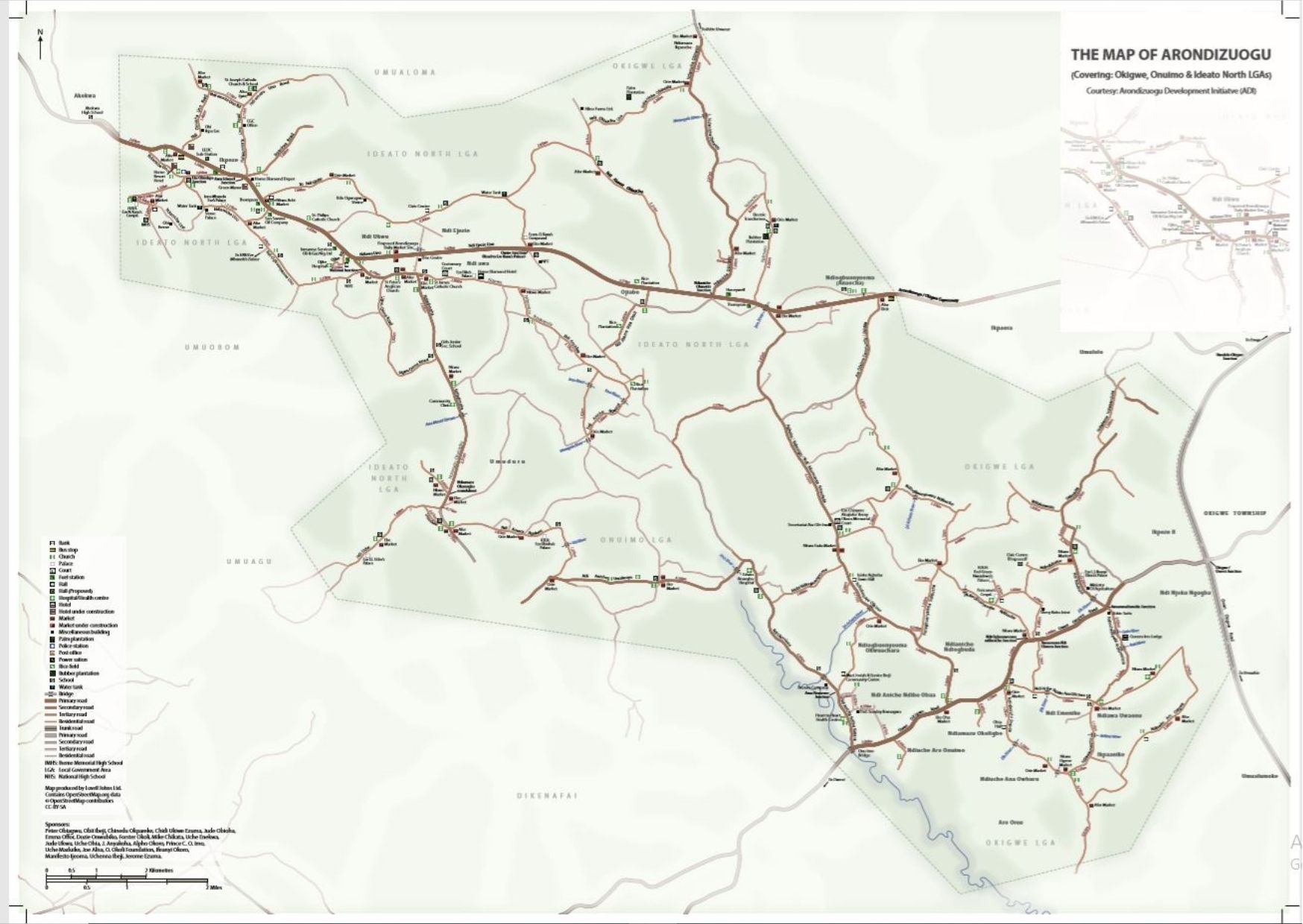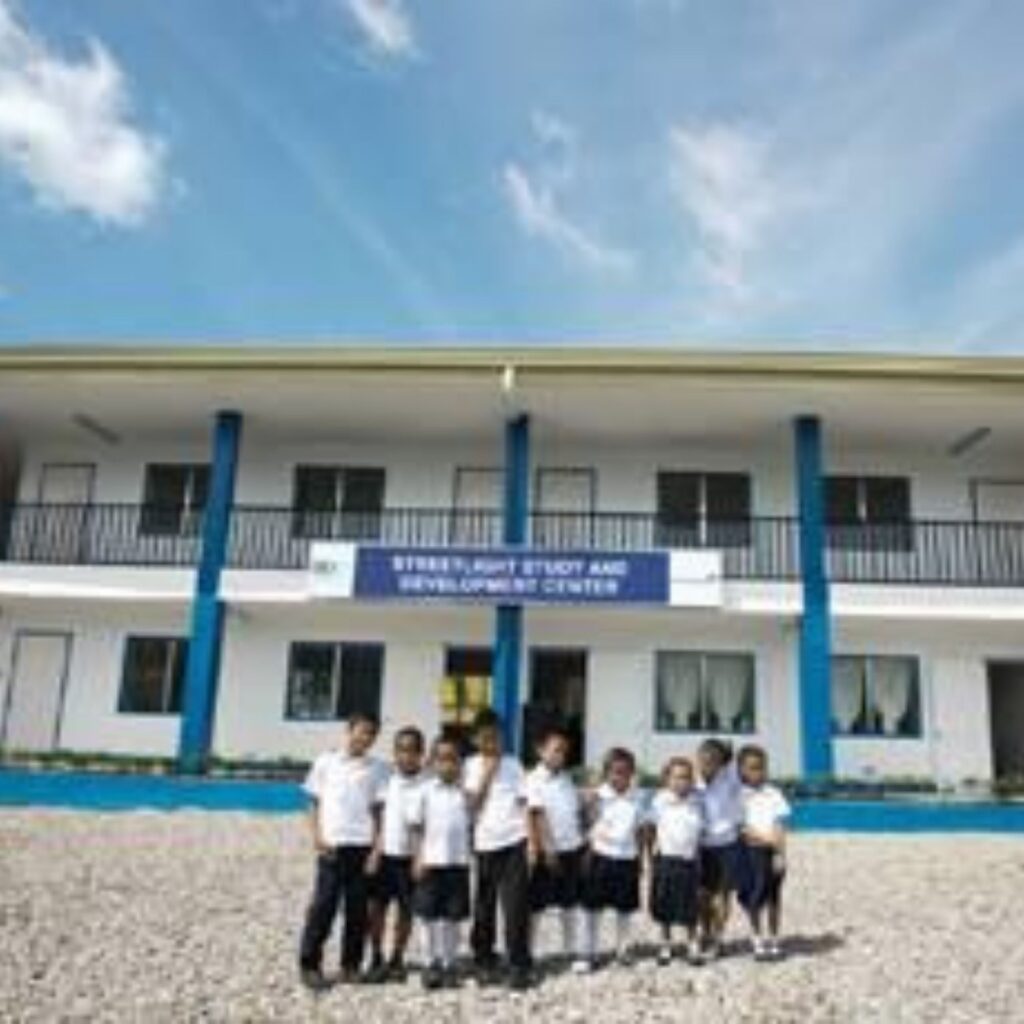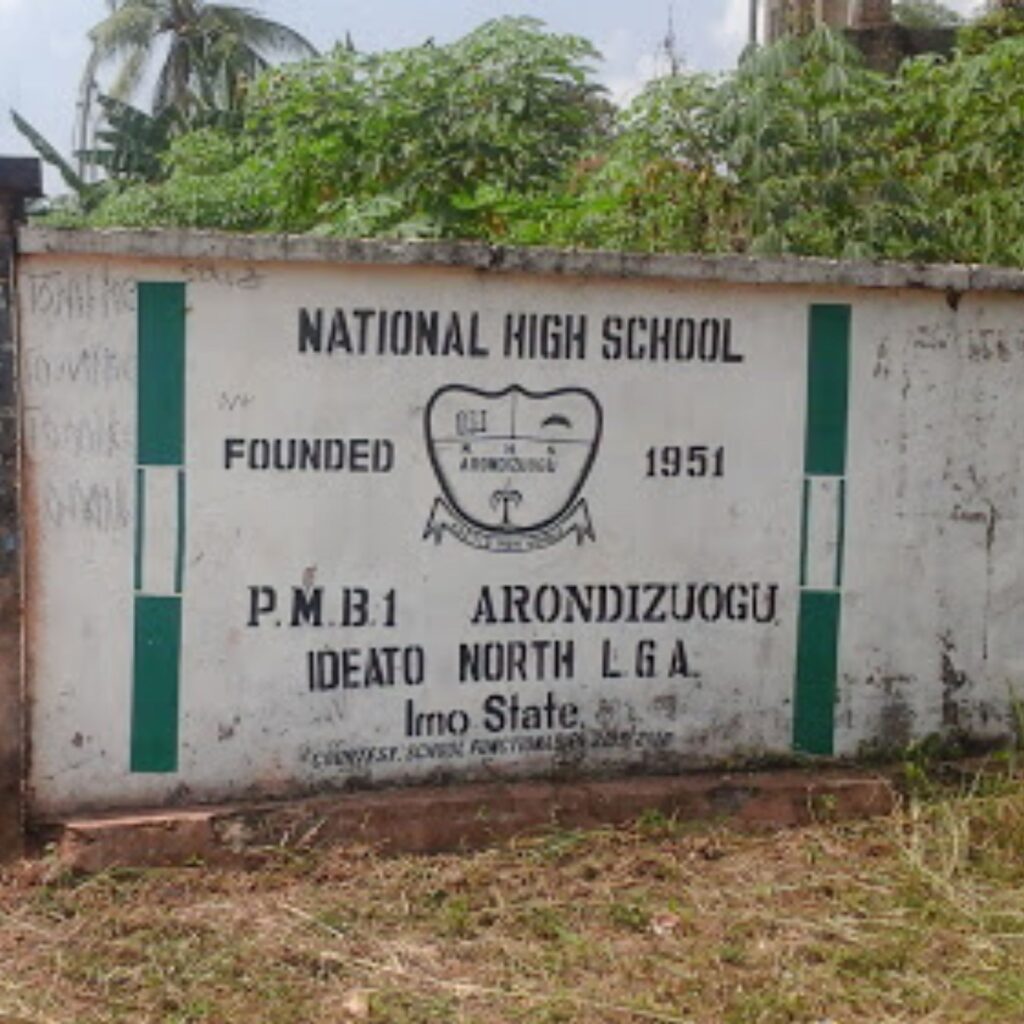History of Arondizuogu

S/N AUTONOMOUS COMMUNITIES & THEIR TRADITIONAL RULERS
There are twenty towns in Arondizuogu and ten Autonomous Communities created and gazetted by the Imo State government . Details are as indicated below.
Autonomous Communities And Their Traditional Rulers
1. Awa – Izuogu Autonomous Community HRH Eze Oliver Mbadiwe Dike III (Eze Ozuomba)
2. Ndiuche Autonomous Community HRH Eze Jonas.E Uche
3. Iheme Autonomous Community HRH Eze Kossman Ndubuisi Kanu
4. Ejezie Izuogu Autonomous Community HRH Eze Dr. M.O. Kanu (Ochiri ozuo)
5. Aro-Umuduru Autonomous community HRH Eze Obioha Okereke
6. Aro-Amuro Autonomous Community HRH Eze Prof. Green Onyekaba Nwankwo
7. Aro Umulolo Autonomous Community HRH Eze Iheanyichukwu Lawrence Okoro (Eze Udo 1)
8. Akeme Autonomous Community HRH Eze Michael Nwosu(Ugo Ocha)
9. Aro Ofeimo Autonomous Community HRH Eze Aniche Ezeana Enekwa
10. Ndiakunwanta Autonomous Community HRH Eze Dr. Martin C. Orizu (Ohazurume)
Geographical Location
Arondizuogu is in Imo State, Nigeria. Its communities spread across three Local Government areas of the State: Ideato North, Okigwe and Onuimo-a spread in accordance with the locations of various indigenous villages where the lands were obtained.
Izuogu Communities And Their Various Geographical Locations
S/N ARONDIZUOGU COMMUNITY LOCATION LOCAL GOV’T AREA
1. Ndi Awa Ochie Uno Ideato South
Aro Umulolo Okigwe
Ndi Awa. Aro-Okigwe Okigwe
2. Ndi Uche Ochie Uno Ideato
Umuduru (near Aniche Uwakonye) Onuimo
Ikpatu (Ofe Imo) Okigwe
Aro Onu Imo Onuimo
3. Ndi Njoku Ochie Uno
Aro Amuro
Aro Okigwe
Ikpa Akanu
4. Ndi Imoko Imoko Ochie uno
Obinetiti
Aro-okigwe
Imoko
5. Ndi Amazu Ochie Uno
Ikpa Akaputa
Ikpa Ocha
Ndiamzu Otu Ama
Ndi Okoli Igbo
Aro Amuro
Ikpa Akwu
6. Ndi Ejezie Ndi Ejezie
7. Ndi Adimoha Ndi Adimoha
8. Ndi Anyake Ndi Anyake
9. Ndiawa Uwaonu Aro Okigwe
10. Ndi Ucheagwu Aro Umulolo Okigwe
11. Ndi Ndubisi Aro Umulolo Okigwe
Iheme Communities And Their Various Geographical Locations
S/N IHEME COMMUNITY LOCATION LOCAL GOV’T AREA
1. Ndi Aniche Ochie Uno
Obinetiti
Uwakonye
Ndi be Ezeana
Ndi be Ogbuda,
Ikpenyi
Ogene
2 Ndi Onuoha Ochie Uno
Ofe Imo
Aro Umulolo
3. Ikpa Eze Ochie Uno
Aro Umulolo
Aro Ofe Imo
Umuedi
4. Ndi Okonkwo Ochie Uno
Ofe Imo
5. Ndi Ogbuonyeoma Ochie Uno
Ndi be Uche
Umudike
Okwu Achara
Umuedi
Umu Orji
6. Ndi Akeme Ndi Akaeme (Aro Okigwe
Ohia Uchu
Ochie Uno
Ikpa Okoli
Nduka
Ugwaku
7. Ndi Ukwu Ochie Uno
Ofe Imo
8. Ndi Akunwanta Ochie Uno
Nkwo Fada
Idozuka (Aro Umulolo)
Founding of Arondizuogu
Arondizuogu, founded in the mid-18th century by the use of force by Mazi Izuogu Mgbokpo Ogbunukpo Akuma Nnachi, a wealthy merchant and middleman between European merchants at the coast and Igbo hinterlands, is a town inhabited by the Igbo subgroup, the Aro people .
Izuogu Mgbokpo
Izuogu Mgbokpo, the ancestral figure and founder of the town was a charismatic slave merchant who came from Arochukwu to Awka in search of slaves. He was usually harbored by a friend from Umualaoma where he slept when going in search of slaves. Iheme, himself, was his Chief Servant and he came from Isi-Akpu Nise, in Awka. Iheme and his master Izuogu used all the arsenals at their disposal including the slaves, juju, guns and the equipments for securing slaves which they sold to the European slave merchants.
Mazi Izuogu Mgbokpo who lived from about 1703 t0 1780 was one of the great grandsons of Mazi Nnachi, who a co-founder of Arochukwu but his mother Mgbokpo came from Idima Abam. Traditions claim that Mazi Izuogu was short and fat with features which made him look more feminine than masculine, but he was very brave and adventurous. He had built up a lucrative trade in slaving early in his career by making incursions into the Igbo hinterland.
He raided villages who refused to buy him off with the number of slaves he imposed on them as was the practice in those days. He had a retinue of his maternal kinsmen from Idima Abam and a group of his personal retainers, the chief of which was Iheme.
The circumstances which brought Mazi Izuogu into conflict with people resulted from one of these incursions into the Igbo hinterland. Mazi Iheme who had been kidnapped twelve years earlier, had gone to visit his people at Nise in Mazi Ikelionwu’s company. His relatives, it was alleged, gave him
forty slaves and promised to give him more if he visited them from time to time. Enraged with jealousy, Mazi Ikelionwu was determined to stop Iheme
from encroaching on what he had regarded as his preserve. He planned to kill Iheme and take his slaves. They escaped miraculously and were
rescued at Umuedi by Mazi Izuogu and his Abam warriors who had wandered from their base in search of Iheme. Umuedi was the farthest Izuogu had penetrated in his trading career. He was impressed with the economic potentiality of the densely populated territory and decided to make Umuedi his new base for the trade in slaves.
Soon however, Izuogu became involved in local politics. This was according to tradition, the period during which the Isu people , who lived on the south eastern part of Awka-Orlu uplands were moving down into the Imo Basin. Increased contacts between the new arrivals seeking for land to settle and the autochthones, Umulolo who were unable to stem the force of migration led to frequent clashes between the two. Impressed with Mazi Izuogu’s show of strength which neither they nor their enemies could challenge, the Umulolo people appealed to Izuogu to intervene in order to save them from being deprived of their land by Ora, one of the new arrivals.
This was clearly the type of opportunity Mazi Izuogu was eager to exploit. Izuogu tried to intervene in order to stop the war between Ora and Umuedi but the peace delegation he led to Ora was treated with contempt and mockery and lives of his men threatened. Infuriated at this rebuff, Izuogu hurried back to Arochukwu and Abam where he raised an army of 1,500 in eighteen months. This he divided into three. They were to converge in guerrilla formation from different directions on Ora at a given date and were to spring a surprise attack when he, Izuogu gave the signal by firing a gun shot. To justify his impending action ( jiere ha ogu), Izuogu went back to Ora with a group of warriors. He summoned the Ora chief and threatened to kill him if he did not buy him off with 400 slaves.
The Ora chief took up the challenge and summoned his men to fight. As Ora men converged at the chief’s compound in response to the village war drum, Izuogu signaled his men close to him to close in on them. They were overwhelmed by the superior Abam forces and were almost completely exterminated. Those left in the village, women and children were forced back to the Orlu uplands from where they moved into the Imo basin.
The victory won by Mazi Izuogu was decisive. It marked the beginning of a series of military campaigns by Izuogu against local groups who questioned his authority or resisted his advance. Many of the local groups, increasingly sought his military aid to fight back aggressors. Mazi Izuogu and his retinue settled permanently on the extensive tract of grassland known as Ikpa Ora, formerly occupied by Ora at the headstream of the Imo river complex. Later, Ndizuogu left this location which till today is not under any form of organized human occupation or habitation.
Chiefs who sought protection against their enemies pledged their land and became his subjects. They paid regular tributes in slaves, labour and food, thus contributing to the economic and manpower needs of any new settlement acquired by Izuogu. People from the surrounding villages as well as Mazi Izuogu’s kinsmen, clients, slaves and refugees, of which there were many in those days of insecurity, were incorporated into the settlement in an attempt to maintain an efficient trading and fighting force completely loyal to the leader. In this way the area of Mazi Izuogu’s jurisdiction extended.
Now, early in the 19th century, Mazi Okoli Idozuka was an immigrant from Isi-Akpu Nise to Arondizuogu. As a great slave warrior, he expanded Arondizuogu’s boundaries. He later changed his name to Okoro Idozuka, an Aro equivalent of his former name. He was a wealthy ruthless and almost conscienceless slave trader like Izuogu Mgbokpo but was also a great leader. Nwankwo Okoro was the first son of Okoro Idozuka. At the age of twenty-one he joined his father in the slave trade. By collecting
slaves and war captives he was able to build a very large family. When the British came, they made him a Warrant Chief because they believed he could subdue any body and collect the tax they desperately needed.
Today Ndizuogu is the largest single Aro settlement with a very large population. Arondizuogu people refer to themselves as “Izuogu na Iheme”.
Schools & Hospitals
1. National High School A model school built by community effort and commissioned 1951 at Ndiakeme Uno
2. Iheme Memorial Grammar School. A second Model school built by community effort and commissioned 1951 at
Ndianiche
3. Ojike Memorial Medical Centre Community Medical Complex initiated by
Dr. K.O. Mbadiwe to immortalize his compatriot, Mazi Mbonu Ojike

NAMES OF VILLAGES IN AROCHUKWU:
1) Ndi-Awa
2) Ndi-Uche
3) Ndi-Njoku
4) Ndi-Imoko
5) Ndi-Amazu
6) Ndi-Ejezie
7) Ndi-Adimoha
8) Ndi-Anyake
9) Ndi-Uwaonu
10) Ndi-Ucheagwu
11) Ndi-Ndubisi
12) Ndi-Ekwulu
13) Ndi-Aniche
14) Ndi-Onuoha
15) Ikpa-Eze
16) Ndi-Okonkwo
17) Ndi-Ogbuonyeoma
18) Ndi-Akeme
19) Ndi-Ukwu
20) Ndi-Akunwanta
Provided by Mazi Chidi Ukiwe-Ezuma


SITE REMARK
1. Mazi Mbonu Ojike Cottage at Ndiakeme Uno Nigeria’s late “BOYCOTT KING”
2. Uno Ogologo A safe house built in 1887 for hiding children during the slave trade era. It’s located at Ejezie II
3. The Stone Palace A storey building cast in stone erected by late Chief Green Mbadiwe, West Africa’s first millionaire for his father Mbadiwe Odum at Ndianiche Uno,
4. Ngeze Stream Legendary stream at Ndiakeme Uno
5. Ogbuti Ezumezu Exotic visitor’s chamber of Ikeji music maestro, Pericomo Okoye at Ndiogbuonyeoma Ofe Imo
6. Palace of The People Legendary country home of grandiloquent Nigerian politician, Dr. K.O. Mbadiwe at Ndianiche Uno commissioned by late Prime minister, Alhaji Tafawa Balewa in 1965
7. Obi Omenuko Homestead of Igwegbe Odum (Omenuko), the hero of Pita Nwana’s book.
8. Ngene Okwe Natural spring at Ndiawa.
9. Obi Ezerioha in Obiokwara, Obinihu (Agbualla) Umualaoma Where the agreement for the peaceful donation of several portions of land presently occupied by Arondizuogu were signed not only by Isuokpu but also by other towns and villages that Ezerioha Udensi encouraged to donate land to Arondizuogu, thus significantly signifying transition from bestiality to civility.
10. Ugwu Ogidi Historic scene of the great fall of Mazi Akeme Ugocha which is commemorated via “Iti Ogidi” ceremony.
11. Irunwaeze Arodiogbu compound Home to the Arondizogu leader of the Aba women riot in the 1920s.
12. Ikpa Ora Historic site of the massacre of Orahu people who dared to scoff at Izuogu’s physical features.
13. Ama Edward Earliest motor bay in Arondizuogu named after Mazi Edward Obidike in whose care commuters left their bags and baggage.
14. Produce Ndiawa Popular site of the defunct produce trade and historic Ikeji Festival arena.
Ikeji festiva
Ikeji festival is a great cultural heritage of our people. For our people, Ikeji is much more than a festival. It has over the years become a strong fusing and unifying cultural force to which thousands of indigenes and non-indigenes of Arondizuogu are attracted to year-in-year out. The festival is a great heritage of import which must form a critical component in the development and sustenance of tourism in our land.
The origin of the festival dates back to over five centuries and it is acclaimed as the biggest pan-Igbo cultural community festival with strong heritage, international recognition witnessed by thousands of people on a yearly basis. It is arguably the biggest cultural festival in Igboland. In contemporary times, each passing year has witnessed an increase in grandeur, display, dance, sophistication and an all inclusive participation of all Arondizuogu people and friends. The festival is marked with colourful display of different masquerades such as Ojionu, Mgbadike, Nwaaburuja and Ozoebune; prestigiously parading across the market squares to the admiration of the public.
Ikeji is a four-day festival of propitiation, thanksgiving and feasting which is held annually in March or April every year and often postdates the Christian Easter celebrations. Reckoned with the Igbo calendar, these four days correspond to one Igbo week of four market days (Eke, Oye/Orie, Afo and Nkwo). Each of these days has a special significance and represents one of the several dimensions of Ikeji – a festival renowned for sumptuous feasting, fascinating masquerades, pulsating rhythms, and colourful performances. Traditional musical instruments used to accompany the masquerades are ekwe (wooden slit drum) of various sizes, ogene (metal gong), bells, maracas and oja (wooden flutes). The flutist is a very important element in the ikeji festival. He deftly communicates with the masquerades – weaving soulful melodies and blending esoteric messages into the intoxicating rhythm of the drums. Another interesting aspect of ikeji is the raconteur known as ima mbem – an imaginative tale delivered with a
musical cadence that only the initiated can sometimes understand or comprehend. The importance of the flutist during Ikeji festival is very vital, for he communicates things hidden from the ordinary eyes to the masquerades, combined with soulful melodies, steps and gestures, “blending esoteric messages into the intoxicating rhythm of the drums” to the admiration of the crowd.
